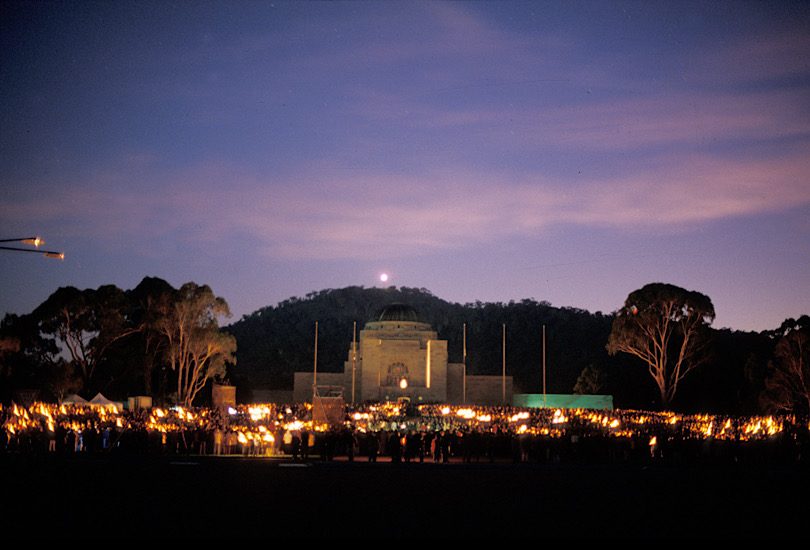
The National Library of Australia’s Digital Classroom is a fantastic resource for learning about Australia’s participation in global conflicts such as WWI, and it aligns with the Australian Curriculum. Photo: Loui Seselja, National Library of Australia.
With COVID-19 restrictions beginning to ease, teachers and students are returning to the classroom. However, the resources discovered during recent digital learning can continue to be utilised in our increasingly online world.
The National Library of Australia’s Digital Classroom is one such offering. It is a free, online teaching resource that draws on more than 10 million collection items, representing the largest source of information in the world about Australia and its people.
Education specialists develop and supply the Digital Classroom with modules aligned to the Australian Curriculum on a variety of subjects. While the National Library may not be the first institution that comes to mind when planning lessons about Australia’s participation in global conflicts, the year 9 history digital classroom module, which focuses on World War 1, highlights the depth and breadth of resources available online at the library.
WWI makes up an important part of the Australian Curriculum and this particular module features a variety of primary sources from the National Library’s collection. Taking cues from Martin Woods’s book, Where Are Our Boys? How Newsmaps Won the Great War, it features material on conscription, interviews with historians about commemoration, and details about the experiences of Australians during the four-year conflict.
The crucial differences between history, memory, remembrance and commemoration are also explored in the Digital Classroom module.
In addition to what is included in the Digital Classroom module, a webinar called Teaching the First World War is available, hosted by National Library education specialists and reference librarians.
This session introduces a variety of resources and strategies for using the library’s WWI materials to engage students and enrich lesson content. It’s a great place to start if you are new to the National Library.
The library also features a webinar in May designed for first-time users, introducing the research services and collections available.
Other resources that can be used when teaching about WWI include recordings of a 2015 seminar held at the Library, Writing the Great War: Personal Stories to Contemporary History. This series explores how Australians responded to WWI through writing, and includes eyewitness accounts of journalists, soldiers and nurses, and a century of creative responses from poets and novelists, as well as historical interpretations of the event. The first great global conflict engaged in by literate populations left an incredible written legacy.
The audio recordings of each presentation are accompanied by full transcripts, comprising a very useful collection of secondary source material.
Another series of lectures available as audio recordings through the National Library’s website is titled On War. Presented in 2017 in association with the Canberra Great War Study Group – also known as The Estaminet – this series features some of Australia’s most respected WWI historians and brings content experts and their research directly to teachers and students.
While the National Library’s educators are not experts on individual teaching methods, they do have a very good understanding of exactly what is in the vast collections, how different materials connect with the curriculum, and where you can find and access it all.
The material available on the Digital Classroom is broken down by year level, and there is also a section dedicated to other resources available, including content relating to Aboriginal and Torres Strait Islander histories and cultures.
To see the full suite of resources available, head to the National Library of Australia’s Digital Classroom.
Original Article published by National Library of Australia on The RiotACT.







